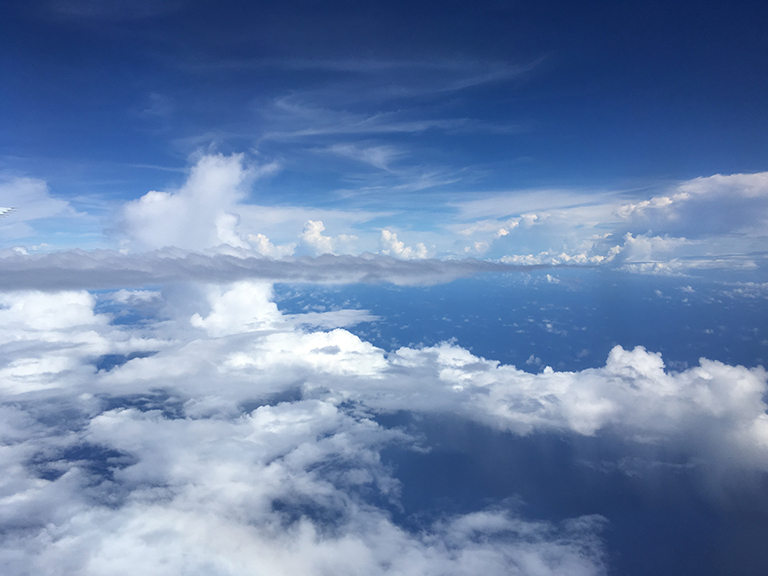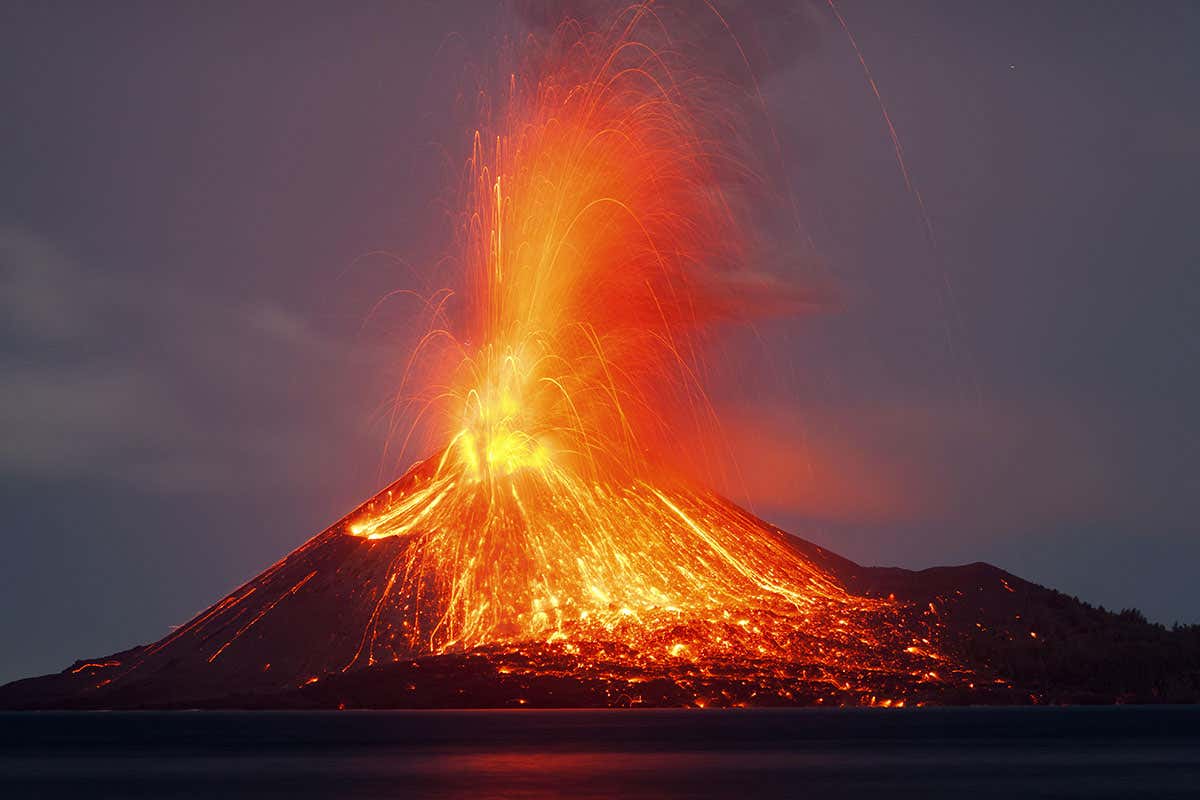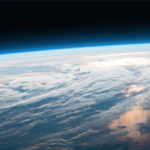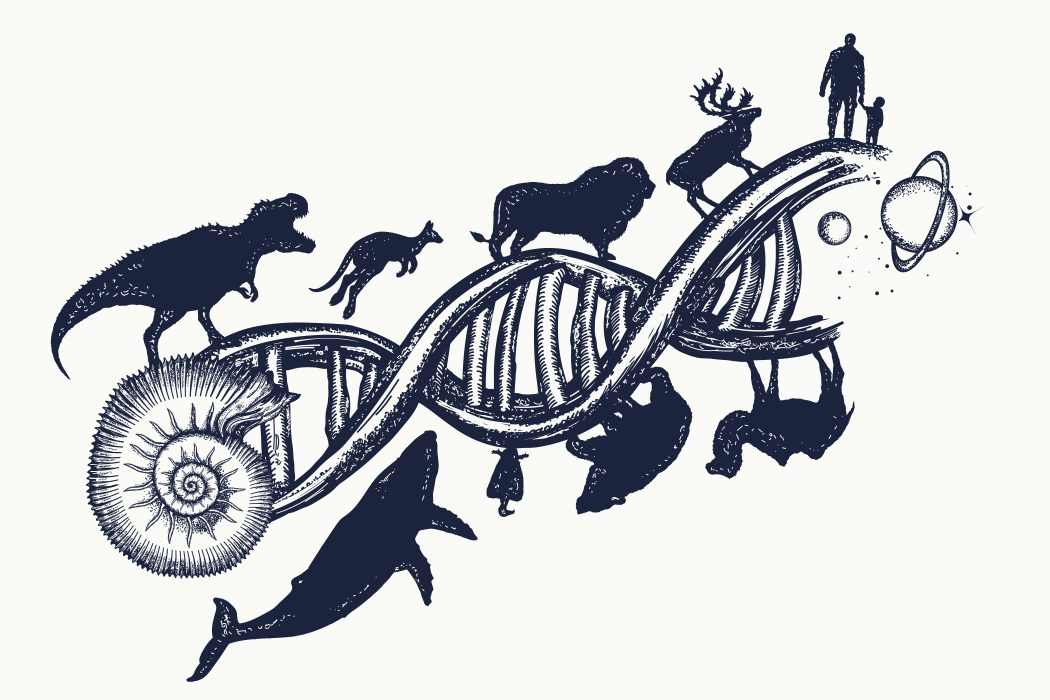The most abundant gases found in our atmosphere are nitrogen and oxygen. Nitrogen makes up around 78% of the total atmosphere, while oxygen makes up 21%. The remaining 1% is made up mostly of a gas called argon. This means that with each breath you take you are breathing 78% nitrogen, 21% oxygen and 1% argon, with trace amounts of other gases, such as methane, hydrogen, helium, neon, krypton, carbon dioxide, and a form of oxygen known as ozone.

Nitrogen is added into the atmosphere as plants and animals decay, or are burned, as well as through volcanic eruptions, and the decay of some types of non-organic materials. Wait a minute. Are we saying that nitrogen is constantly being added to the atmosphere? If this is true, then why doesn’t the amount of nitrogen in the atmosphere continually increase? Why don’t animals die from lack of oxygen? The answer to this question is simple. While nitrogen is constantly being added to the atmosphere, it is also constantly being removed, or cleansed from the atmosphere. A small amount of Nitrogen is removed by living organisms. Rain and snow also wash nitrogen out of the atmosphere. The amount of nitrogen being added to the atmosphere, and the amount being removed are perfectly balanced, insuring that the total amount remains constant.
Oxygen is added to our atmosphere by plants as they utilize photosynthesis to convert sunlight into energy. This oxygen is later removed from the air around us by animals and other lifeforms. Oxygen is the most important of the gases in our atmosphere in relation to animal life. Almost all animals use oxygen as a critical ingredient for the processes of life. Without it, each of us and most of the animals on Earth would perish in a matter of just a few minutes.






